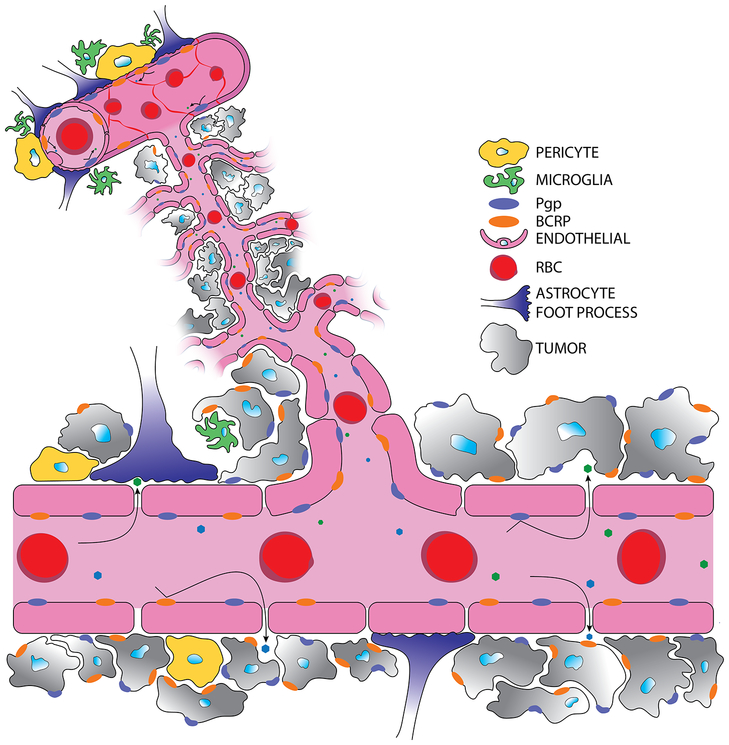Figure 2. The blood-tumor barrier has altered anatomy and physiology.
Cancer cells coopt the cerebral vasculature and induce neo-angiogenesis resulting in fenestrated endothelia lacking tight junctional expression. Fenestrated, mal-formed vasculature allows for heterogeneous uptake of drug solutes. Cancer cells have increased expression of the P-gp and BCRP efflux transporters. At the BTB, less astrocytic end-foot processes and pericytes exist contributing to altered BTB integrity.

